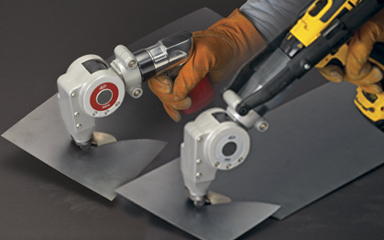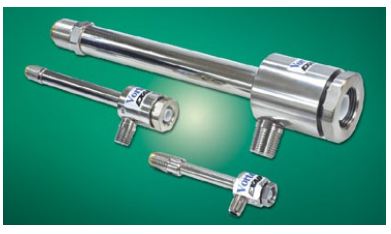Top Steps For Unfastening A Bolt Or Screw That Has A Chewed Up Head
There are times when you will need to unfasten a hex head cap screw, and be unable to do it on account of the fact that the head has been eaten away. This usually means that there would be no surface on which a tool such as a spanner can be used to unscrew it. Fortunately, there are a few steps you can take to try and undo it even in such a case. The one thing you have to always remember to do is to follow these steps carefully, so that you don’t end up making the problem even worse. This solution can also be used for hex lag bolts as well.

Step 1: File the remainder of the head
The first thing you will need to do is to file what remains of the head of the screw in such a manner that you will end up with a rectangular protrusion. This is done by filing in two places opposite and parallel to each other. The goal of doing this is to create a structure which can provide a lot more grip for a tool such as pliers or an adjustable wrench. When doing this, you have to be careful to ensure that you don’t file off too much of the screws head, since you may end up with a strip of metal that is not thick enough to withstand the torque that you are going to apply to it using the wrench.
Step 2: Use a lubricant
Once this is done, you can then choose to apply a lubricant on the stuck fastener. The goal of doing this is to reduce the friction between the screw or bolt and the item that it’s fastening. In most cases, you will need to apply the lubricant and then give it a few minutes to seep into the space between the two. In most cases, you would be better off using solutions that are made specifically for this. This is especially so if the bolt is stuck in place due to an issue such as rusting, in which case a lubricant meant to be used for rusted fasteners would be an ideal choice.
Step 3: Heat the material containing the fastener
This is not always practical, but it can help if it is. If the material in which the fastener is in is made of metal, you can heat it up in order to make it expand. This increases the space between it and the fastener, and you can even use a bit more lubricant to reduce even more friction between the two of them.
Step 4: Use a wrench or pliers to remove the bolt or screw
Once you are done with the above, you can then remove the fastener using a wrench or screw. Ideally, you should use a tool that has a long handle, since this allows you to provide more torque to the fastener so that it can open more easily. The application of steady force is encouraged to avoid breakage.



